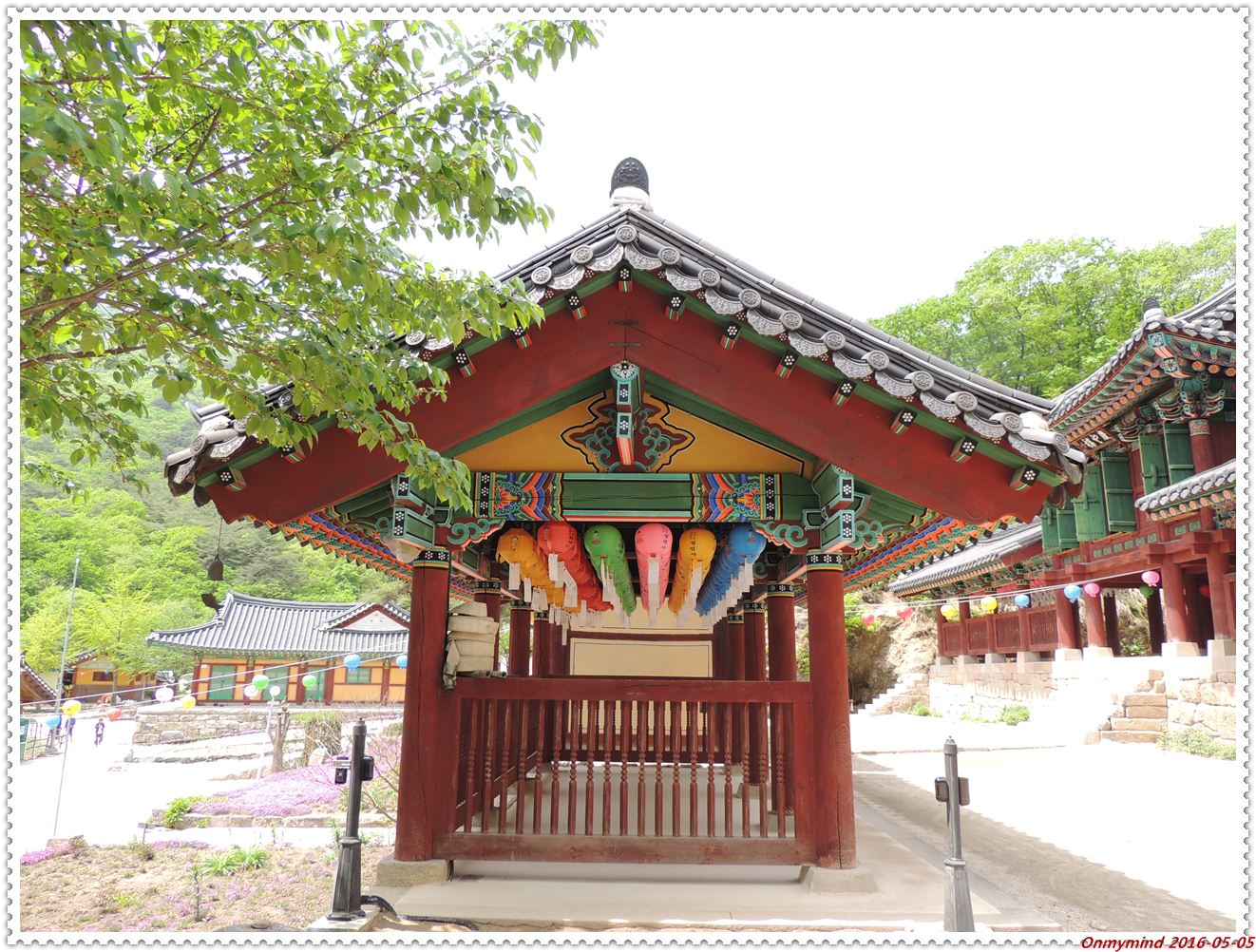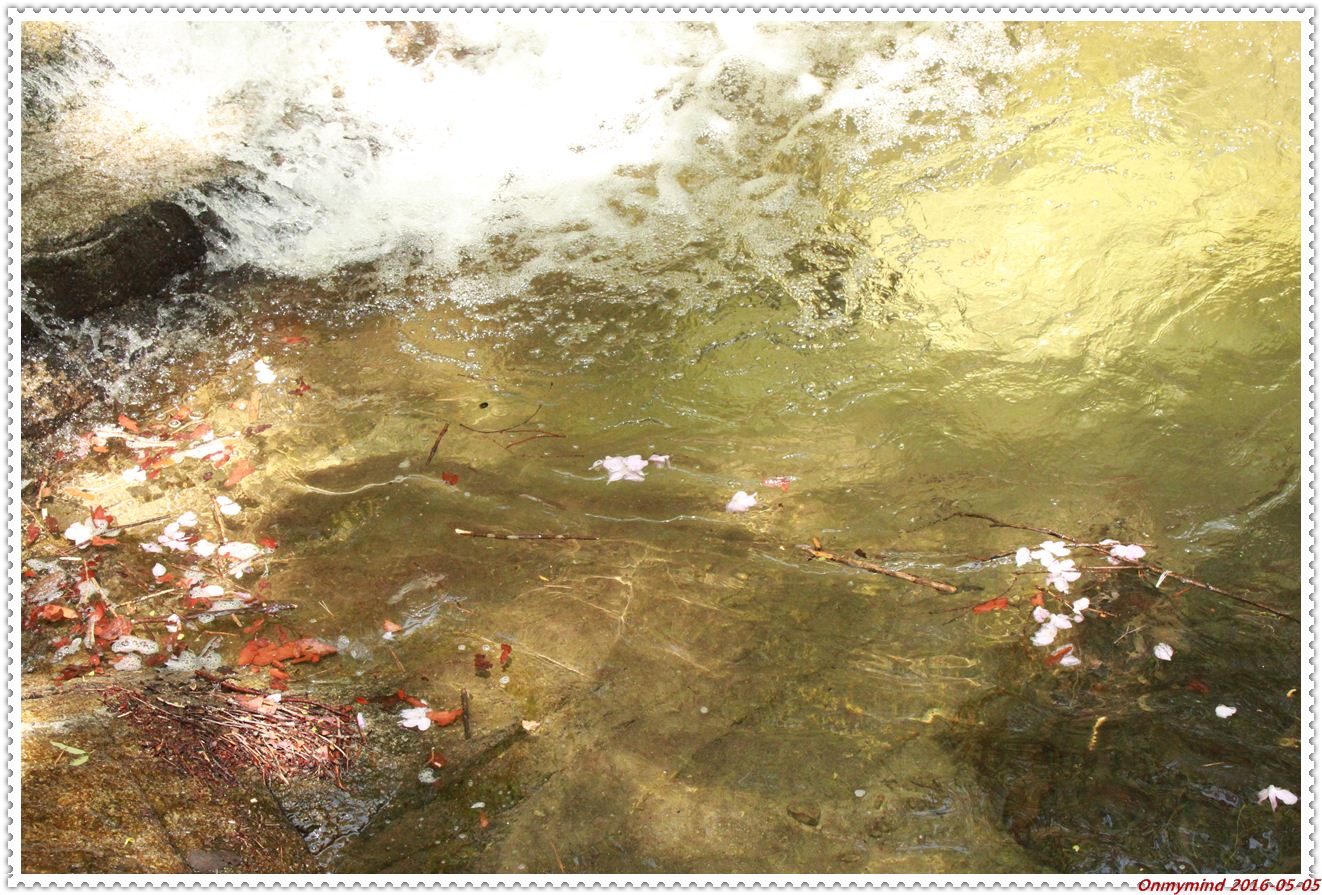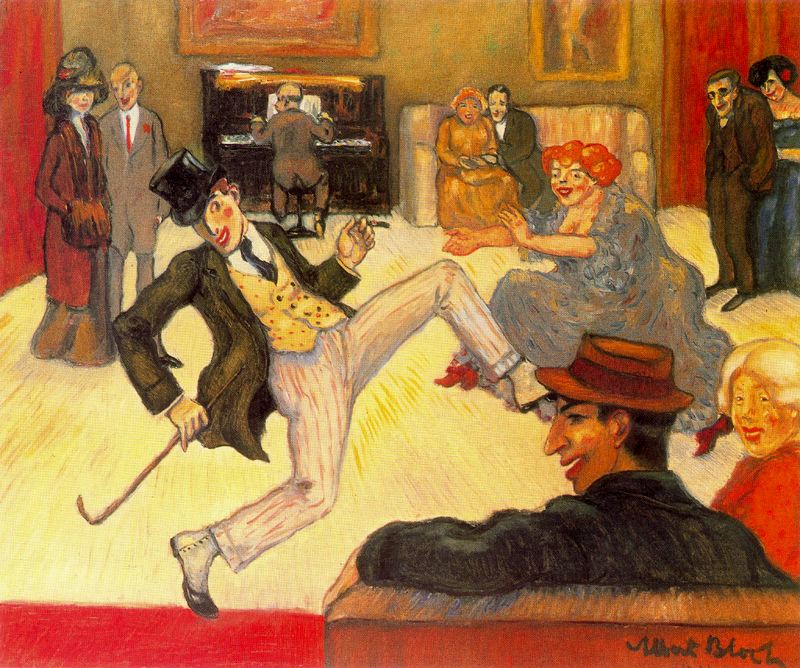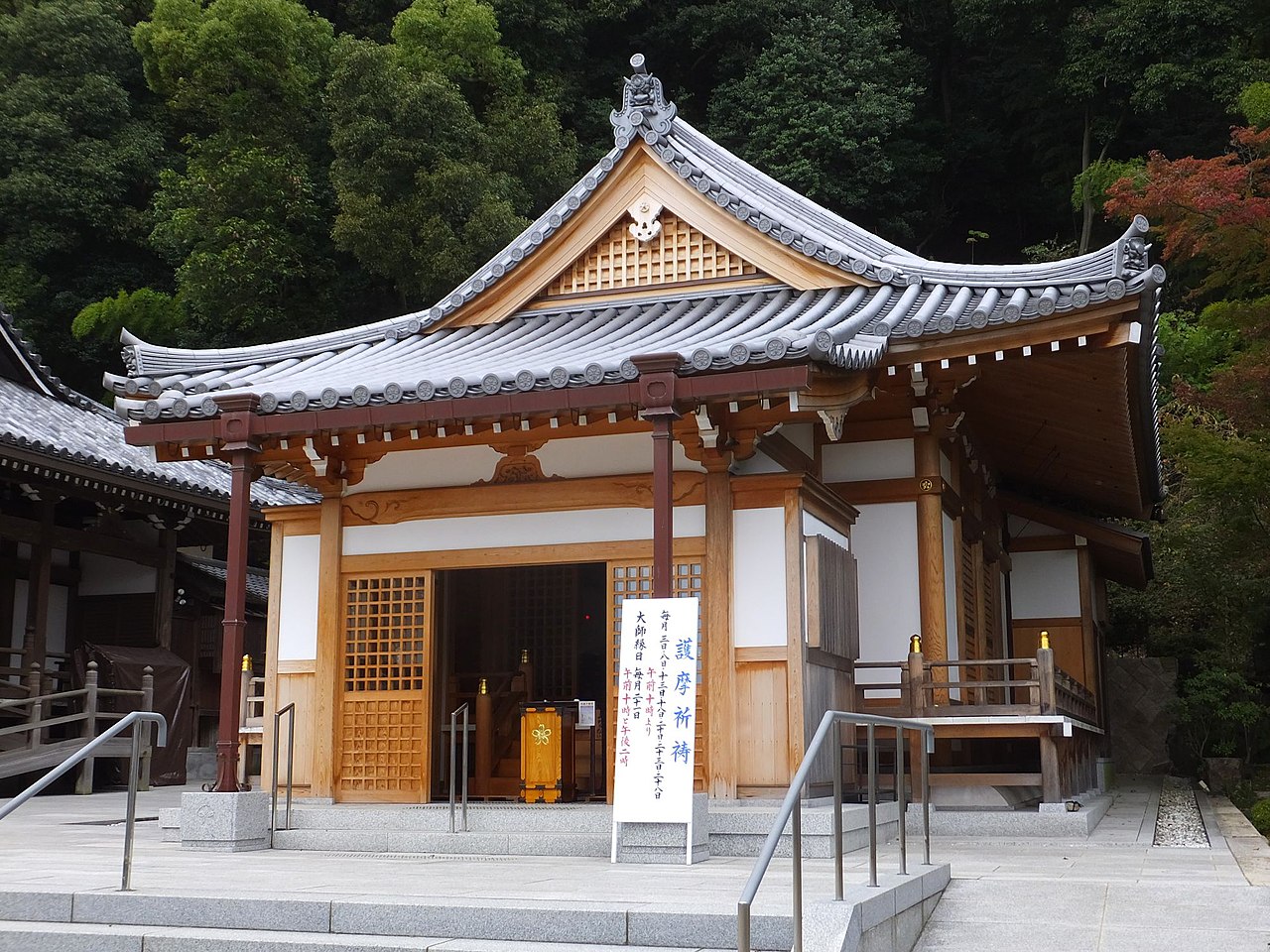『청빈두로법』
K1042
T1689
청빈두로법 /전체1권
● 한글대장경 해당부분 열람I
● 한글대장경 해당부분 열람II
○ 통합대장경 사이트 안내
○ 해제[있는경우]
● TTS 음성듣기 안내
※ 이하 부분은 위 대장경 부분에 대해
참조자료를 붙여 자유롭게 연구하는 내용을 적는 공간입니다.
대장경 열람은 위 부분을 참조해주십시오.
● 자료출처 불교학술원 기금 후원안내페이지
『청빈두로법』
♣1042-001♧
청빈두로법 /전체1권
♥아래는 현재 작성 및 정리 중인 미완성 상태의 글입니다♥
[페이지 내용 업데이트 관련 안내]
❋본문
◎[개별논의]
○ [pt op tr]
[#M_▶더보기|◀접기|

○ 2019_1106_105630_nik_fix

○ 2019_1106_102239_can_exc

○ 2019_1201_163758_nik_fix 
○ 2020_0905_111754_nik_ori_rs

○ 2020_0905_141506_nik_ori_rs

○ 2020_0906_110639_nik_ori_rs

○ 2020_0906_112514_nik_ori_rs

○ 2020_0908_171333_nik_ori_rs

○ 2020_0909_153122_nik_ori_rs

○ 2020_0910_113500_can_ori_rs

○ 2020_0910_123414_nik_ori_rs

○ 2020_1002_121739_nik_fix

○ 2020_1017_154918_can_ori_rs

○ 2018_1022_164457_can_ori

○ 2018_1024_173454_nik_exc

○ 2020_1114_125527_can_ori

○ 2020_1114_134245_nik_exc

○ 2019_1104_101544_can_exc

○ 2019_1104_121027_nik_fix
● [pt op tr] fr
_M#]

○ 2020_0904_130303_can_ori_rs
❋❋본문 ♥ ◎[개별논의]
★%★
『청빈두로법』
♣1042-001♧
![]()
◎◎[개별논의] ♥ ❋본문
★1★
◆vkjo5618
| ◈Lab value 불기2568/02/12 |
|
Les Belles Musettes - Les Gemeaux
♥단상♥ |
|
문서정보 ori https://buddhism0077.blogspot.com/2024/02/2568-02-12-k1042-001.html#5618 sfed--청빈두로법_K1042_T1689.txt ☞청빈두로법 /전체1권 sfd8--불교단상_2568_02.txt ☞◆vkjo5618 불기2568-02-12 θθ |
■ 선물 퀴즈
방문자선물 안내페이지
다음에 해당하는 단어를
본 페이지
에 댓글로 적어주시면 됩니다.
【범】Dhṛtarāṣṭra 【팔】Dhataraṭṭha 4천왕의 하나.
동방의 수호신. 수미산 제4층의 현상성(賢上城)이라는 궁에 살고 있는 천신. 오른 손을 허리에 대고 왼 손에 칼을 들고, 얼굴은 오른쪽으로 향하고 여러 가지 천의(天衣)로 몸을 장식하고 있으며 또는 왼손에 칼을 들고, 오른 손에 보배를 들고 있기도 함. ⇒<유사어>제두뢰타<참조어>제두뢰타(提頭賴吒)
답 후보
● 지국천(持國天)
지옥유(地獄有)
지족천(知足天)
진공(眞空)
진비량(眞比量)
진실제(眞實際)
진언종(眞言宗)
ॐ मणि पद्मे हूँ
○ [pt op tr]
[#M_▶더보기|◀접기|
■ 음악
Jean-Louis Murat - Le Manteau De Pluie Du Singe
Christophe - Goodbye, Je Reviendrai
Alain Chamfort - Véronique Sanson - Bahia
Claude Dubois - Memoire Reggae
Michel Sardou - Dis Marie
Mort Shuman - SAVE THE LAST DANCE FOR ME
Marie-Paule Belle - Quarante-Deux Colonnes Corinthiennes
■ 시사, 퀴즈, 유머
뉴스
퀴즈
퀴즈2
유머
■ 한자 파자 넌센스 퀴즈
冫 ■(얼음 빙 )
043▲ 冫乍四罒罒 ■ 빙사사망망 43 얼음 빙 )(잠깐 사 / 일어날 작 )(넉 사 )( 넉사 / 그물망)网,㓁罓𦉪,𦉫] ( 그물망머리)
044▲ 司史疒生石 ■ 사사상생석 44 ( 맡을 사 )(사기 사 )( 병들어 기댈 상 / 병들어 기댈 녁 / 역 )( 날 생 )( 돌 석/ 섬 석 ) 재춘법한자
【 】 ⇄✙➠
일본어글자-발음
중국어글자-발음
■ 영어단어 넌센스퀴즈- 예문 자신상황에 맞게 바꿔 짧은글짓기
■ 번역퀴즈
번역
번역연습(기계적 번역내용 오류수정 연습)
■ 영-중-일-범-팔-불어 관련-퀴즈
[wiki-bud] Maha Nikaya
[san-chn] aprāptitva 無所得
[san-eng] śreṣṭha $ 범어 best
[pali-chn] koviḷār 拘鞞陀羅樹
[pal-eng] ropiya $ 팔리어 abs. of ropetihaving planted; having cultivated.
[Eng-Ch-Eng] 別解脫 Chinese translation of the Sanskrit pra^timoks!a; 【參照: 波羅提木叉】
[Muller-jpn-Eng] 言 ゴン (term) words
[Glossary_of_Buddhism-Eng] AMITABHA SUTRA☞
Syn: Smaller Sukhavati-Vyuha Sutra; Shorter Amitabha Sutra; Sutra
of Amida.
See also: Exclusion Clause; Longer Amitabha Sutra; Pure Land
Buddhism (Summary); Three Pure Land Sutras.
“Amitabha Sutra or Shorter Amitabha Sutra; one of the three sutras
that form the doctrinal basis for the Pure Land school in East Asia
(China, Japan, Korea, Vietnam etc…). This sutra, also known as the
short Sukhavati-vyuha, describes the simplest form of the practice of
this school – recitation of Buddha Amitabha’s name…”
“Three Chinese translations were made: by Kumarajiva of the later
Ch’in dynasty in the year 402; by Gunabhadra of the Liu Sung
dynasty in 455; and by Hsuan-tsang of the T’ang dynasty in 650. Of
these, Kumarajiva’s and Hsuan-tsang’s are still extant. Kumarajiva’s
version is entitled Amitabha Sutra and consists of one fascicle. [It
is the one most commonly used nowadays.] The Amitabha Sutra is
one of the Three Pure Land Sutras (q.v.), together with the Longer
Amitabha Sutra and the Meditation Sutra.”
I. Summary.
“Written in the form of a discourse by Shakyamuni to Shariputra
and others at the Jetavana Monastery, the Amitabha Sutra describes
the blessings and virtues of Amitabha Buddha and his Pure Land of
Perfect Bliss in the western region of the universe. It further teaches
that one can attain rebirth in this Pure Land by relying on Amitabha.
Subsequently the Buddhas in the Six Directions are described as
bearing witness to the truth of Shakyamuni’s teaching.”
“The Amitabha Sutra is an address delivered by Sakyamuni to
Sariputra in the Jeta grove near Sravasti. Like the Longer Amitabha
Sutra, which it may slightly predate, this sutra deals mainly with
a description of the Pure Land – the gorgeous palaces, parks, and
gardens; the gem trees made of gold, silver, crystal, and coral; the
fragrant flowers and luscious fruits; the rivers and lotus lakes with
their perfumed water that is either hot or cold for bathing as desired;
the delightful, soothing sounds of birds and angelic singers. The
major difference between the two sutras lies in the fact that the
Shorter Amitabha Sutra [emphasizes] salvation through faith and the
recitation of Amida’s name [Buddha Recitation, q.v.], rather than
through works.”
II. Background:
“The story of the Amitabha Sutra is set in a world of tradition and
myth. Time and location, temporal and spatial dimensions, are
without question of a special kind – one that we could perhaps call
sacral or mythical, for lack of a better word. Extraordinary rules and
boundaries also apply to body and action, spirit and matter, the ideal
and the real. Access to these special dimensions of reality is possible
through a set of assumptions about the world and the beings that
inhabit it and through an accompanying belief and confidence in the
spiritual realities and processes embodied in the mythology. Among
many differences between the world view of the two texts and the
world view of contemporary Western secular culture, two stand out
as central to understanding the message of the two sutras. First, existence after death is a given; but it is not simply an extension of human
life. Existence after death means the possibility – or rather, the reality
– of many lives, in a variety of realms other than our world, and in
a variety of roles or ‘incarnations’ that include rebirth as an animal,
as a hungry ghost, or in one of many paradises, or rebirth in a hell
or purgatory, and rebirth in other world systems as well. Second, the
process of rebirth is for most of us sentient beings an unending cycle
of suffering. This cycle would be a desperate, hopeless, and meaningless eternal return if it were not for the possibility of deliverance. The
moral and spiritual quality of our lives can have a significant effect
on the course of our wandering through the many rounds of rebirth.
Human beings who attain moral and spiritual perfection may in fact
attain liberation from the cycle of rebirth. Those who attain liberation through their own spiritual effort are the Buddhas of the universe. In turn, the moral and spiritual quality of Buddhas can also have
a significant effect on the course of our journey through the many stations
of rebirth – in other words, the liberation of Buddhas facilitates the
liberation of other, less perfect sentient beings. Much of Mahayana
Buddhist literature is devoted to these two issues: the manner in
which human beings attain the perfection of Buddhas and Bodhisattvas, and the manner in which Buddhas and Bodhisattvas assist other
beings in their quest for liberation from suffering.”
“The Lotus Sutra is the Amitabha Sutra preached in detail, and the
Amitabha Sutra is the Lotus Sutra in summary. In contrast to other
sutras which expound many terms in connection with the nature
and characteristics of things and persuade people to understand the
principles and to work on self-cultivation, these two sutras deal only
with perception of phenomenal reality by the direct reasoning mind.
In the Amitabha Sutra, Buddha said, ‘If there is a good man or a good
woman who hears someone speak of Buddha Amitabha and holds
firmly his name… when this person approaches the hour of death,
Buddha Amitabha and his holy company will manifest themselves
in front of him. This person, since he is not confused, will be reborn
in the most blissful country of Buddha Amitabha.’ … To quote from
the 23rd chapter of the Lotus Sutra, ‘Anyone who hears this Sutra
and practices accordingly, when his present life ends, will go to the
Western Paradise.’ The similarity of these two passages is apparent.
Other descriptions in the Amitabha Sutra of the grandeur and splendor of the Land, of Buddha’s life, of Buddha’s radiance and of the
protection and care by the Buddhas of the Six Directions, though
different in comprehensiveness and language, are, in fact, identical in
their content and significance. Therefore, one invocation of Buddha
Amitabha’s name represents the supreme Dharma and covers unlimited approaches.”
[fra-eng] enserrâmes $ 불어 enclosed
[chn_eng_soothil] 南無 namaḥ; Pali: namo; to submit oneself to, from to bend, bow to, make obeisance, pay homage to; an expression of submission to command, complete commitment, reverence, devotion, trust for salvation, etc. Also written 南牟; 南謨; 南忙; 那謨 (or 那模 or 那麻); 納莫 (or 納慕); 娜母; 曩莫 (or 曩謨); 捺麻(or捺謨), etc. It is used constantly in liturgy, incantations, etc., especially as in namaḥ Amitābha, which is the formula of faith of the Pure-land sect, representing the believing heart of all beings and Amitābha's power and will to save; repeated in the hour of death it opens the entrance to the Pure Land.
■ 삼매_게송퀴즈
■ 오늘의 게송
[43일째]
불가언설이류법 $ 043▲最妙最妙為 一 ● 泥羅婆, ○□□□□,不,不,不,念
□□□□□□□, 不可言說異類心,
不可言說異類根, 不可言說異類語,
□□□□□□□, 불가언설이류심,
불가언설이류근, 불가언설이류어,
不可言說異類法,
다른 종류 법들을 말할 수 없고
다른 종류 마음을 말할 수 없고
다른 종류 근기를 말할 수 없고
다른 종류 언어를 말할 수 없어
[44째]
념념어제소행처 $ 044▲泥羅婆泥羅婆為 一 ● 訶理婆, ○□□□□,調,所,所,於
□□□□□□□, 調伏眾生不可說。
所有神變不可說, 所有示現不可說,
□□□□□□□, 조복중생불가설。
소유신변불가설, 소유시현불가설,
念念於諸所行處,
찰나찰나 다니는 여러 곳에서
중생을 조복함도 말할 수 없고
갖고 있는 신통 변화 말할 수 없고
보이어 나타냄도 말할 수 없어
045□
●K0353_T1043.txt★ ∴≪A청관세음보살소복독해다라니주경≫_≪K0353≫_≪T1043≫
●K1042_T1689.txt★ ∴≪A청빈두로법≫_≪K1042≫_≪T1689≫
●K0449_T1038.txt★ ∴≪A청정관세음보현다라니경≫_≪K0449≫_≪T1038≫
■ 암산퀴즈
204* 638
13920 / 40
■ 다라니퀴즈
구족수화길상광명대기명주총지 43 번째는?
자비주 43 번째는?
성관자재보살 명호 43 번째는?
43 좋은 말씀[주-66]은 모든 존재[有]의 티끌을 능히 씻고
마뎨, 磨綻<四十三徒界反>
badhe,
(~!~) 현세의 왕이시여! 지옥과 불에 떨어진 이들을 보호하고 보호 하소서.
『대승대집지장십륜경』
♣0057-001♧
43
내가 만약
널리 이 주문의 공과 힘을 찬탄하려면
한 겁을 설하여도
다하지 못하나니라.
이때 관세음보살께서
범천왕에게 말씀하시되,
"이 주문을 다섯 번 외우고
오색(五色)실을 가져와 새끼를 꼬듯 꼬고,
주문을 24 편을 외우며
24 번 매듭을 지어
목에 걸지어다.
● 사라사라 娑囉娑囉<四十三> sa ra sa ra
『불설천수천안관세음보살광대원만무애대비심다라니경』
♣0294-001♧
43
나사바 라미다 자라나
捺舍波<引>囉弭哆<引>左囉拏<四十三>
『성관자재보살일백팔명경』
♣1122-001♧
130152
348
법수_암기방안
44 네째발가락 the fourth toe
43 꼬마(새끼)발가락 the little toe
■ 오늘의 경전 [이야기, 게송,선시 등]
2568_0212_191212 :
대장경 내 게송
밭가는 늙은이 기쁘고 흐뭇하여 길거리에 가득하구나.
● 耕叟懽欣滿路衢
출전:
한글대장경 K1259_Txxxx
어제비장전(御製秘藏詮) 북송 태종찬
御製秘藏詮 【北宋 太宗撰】
출처 불교기록문화유산아카이브 통합대장경
https://kabc.dongguk.edu/m
■요가자세 익히기
요가_발끝 치기

○ 2019_1106_111852_can_exc_s12

○ 2019_1106_115010_can_fix

○ 2019_1105_160045_can_fix

○ 2019_1201_151443_nik_fix

○ 2020_0904_130651_can_ori_rs

○ 2020_0908_163448_nik_ori_rs

○ 2020_0909_135120_can_ori_rs

○ 2020_0910_133421_can_ori_rs

○ 2020_0930_141838_nik_ori_rs

○ 2016_0505_124545_nik

○ 2016_0505_131936_can

○ 2020_1017_160306_can_exc_s12

○ 2018_1022_130405_can_exc

○ 2018_1024_172908_can_ori

○ 2019_0106_155221_can_exc

○ 2020_1114_133631_can_ori

○ 2019_1104_115850_can_fix

○ 2019_1104_104902_nik_exc_s12
● [pt op tr] fr
_M#]

○ 2019_1201_155504_nik_fix
™善現智福 키워드 연결 페이지
https://buddhism0077.blogspot.com/2020/06/keyword.html
○ [pt op tr]
● 청빈두로법_K1042_T1689 [문서정보]- 일일단상키워드
[#M_▶더보기|◀접기|
[관련키워드]
청빈두로법 /전체1권
■ 본 페이지 ID 정보
불기2568-02-12_청빈두로법-K1042-001
https://buddhism0077.blogspot.com/2024/02/2568-02-12-k1042-001.html
sfed--청빈두로법_K1042_T1689.txt ☞청빈두로법 /전체1권
sfd8--불교단상_2568_02.txt ☞◆vkjo5618
불기2568-02-12
https://blog.naver.com/thebest007/223351333105
https://buddhism007.tistory.com/18504
htmback--불기2568-02-12_청빈두로법_K1042_T1689-tis.htm
● [pt op tr] fr
_M#]



